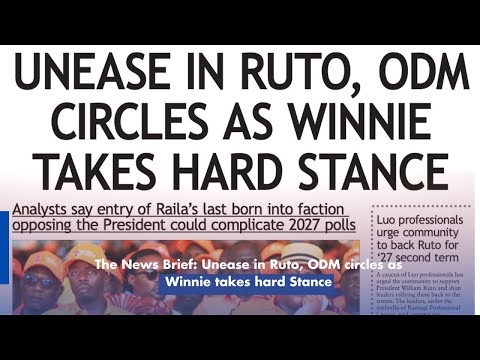
 Yala Swamp/File
Yala Swamp/FileA conservation NGO has called for the implementation of the Yala Delta Land Use Plan, developed by stakeholders, saying the move will end land grabbing cycle.
Nature Kenya Executive Director Paul Matiku said the community-backed initiative is delivering measurable results that previous large-scale investments have failed to achieve, breaking the destructive cycle of land grabbing that has plagued the region for decades.
“This delivers what every previous attempt failed to achieve—biodiversity protection whilst improving local livelihoods,” Matiku said.
He added, “Whilst billion-shilling ventures collapsed after years of conflict, this grassroots approach is working.”
Nature Kenya raised concerns, saying another billionaire investor is eyeing the swamp.
It said the Land Use Plan was developed with local stakeholders over three years.
The swamp, nestled between Lake Victoria and the winding Yala and Nzoia rivers, is a natural treasure of immense ecological and cultural importance.
For years, the swamp has been home to a rich variety of wildlife and provides essential resources for local communities.
Despite what this gem has to offer in terms of unrivalled beauty as well as the ecological service it has offered to the community, its state continues to deteriorate at an alarming rate.
Among the challenges facing the swamp include agricultural expansion, land grabbing, mining pollution and papyrus habitat destruction.
Located on the northeastern shore of Lake Victoria, Yala Swamp is the largest papyrus wetland in Kenya and is crucial to the lake’s survival.
The swamp, according to experts, is a vital sanctuary for an incredible array of wildlife, including the endangered cichlid fish, the elusive sitatunga antelope and vast flocks of waterbirds, migratory birds.
In 2022, the National Land Commission approved the allocation of 6,764 hectare of Yala Swamp to Lake Agro Limited to establish a sugarcane plantation.
The move disappointed the community who saw the move as a blow to the swamp.
Communities protested the controversial allocation and went to court to object to it.
The 20,000-hectare wetland serves as a lifeline for over 250,000 people but has become a battleground between outside investors and residents.
Following Dominion Farms’ pattern— heavy investment for 15 years before exiting in 2017, leaving abandoned infrastructure and unemployed workers—this collaborative model offers a different path.
Since 2022, with support from Siaya county government, the initiative has transformed conflict areas into income-generating opportunities.
Nature Kenya says women in Usonga now earn Sh8,000–12,000 each month from weaving papyrus baskets, while fishermen in Lake Kanyaboli harvest fish that have become extinct elsewhere in Lake Victoria.
The land use plan allocates 42 per cent of the swamp for biodiversity conservation, 35 per cent (7,000 hectares) for climate-smart farming and aquaculture, with five-kilometre buffer zones for processing facilities.
Unlike previous ventures that displaced residents, this model requires profit-sharing agreements with established local groups.
Results from pilot sites show illegal sand harvesting down by 75 per cent, fish stocks up by 30 per cent and steady income from papyrus harvesting.
Early adopters report higher productivity and zero social conflict versus traditional large-scale operations.
“Previously, investors failed because they fought communities instead of partnering with them,” Matiku said
“The land use planning model offers access to 7,000 productive hectares with built-in local support.”
Nature Kenya urges the Siaya county assembly to adopt the plan as a binding policy for all swamp development.
The National Land Commission should also implement its 2023 audit recommendations: suspend questionable leases, require genuine community consultation and mandate profit-sharing for future investors, Nature Kenya said.
Potential investors must shift from viewing communities in Yala as obstacles to treating them as knowledgeable partners, requiring patient capital for collaborative management rather than quick resource extraction.
“We can continue the destructive pattern that impoverishes everyone, or choose collaboration that ensures prosperity for all stakeholders in Yala Swamp," concludes Matiku.
The Yala Delta Land Use Plan represents a new conservation-development model, protecting ecosystem services worth Sh460 million annually whilst creating resilient economic opportunities that offer hope for ending the region’s conflicts.

















